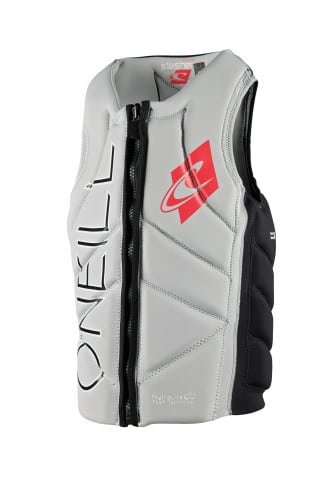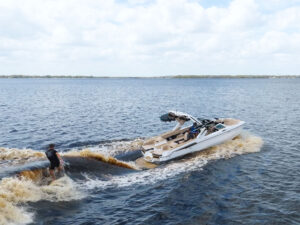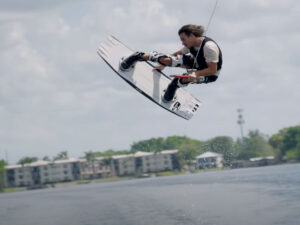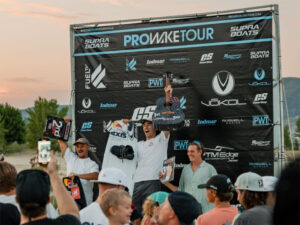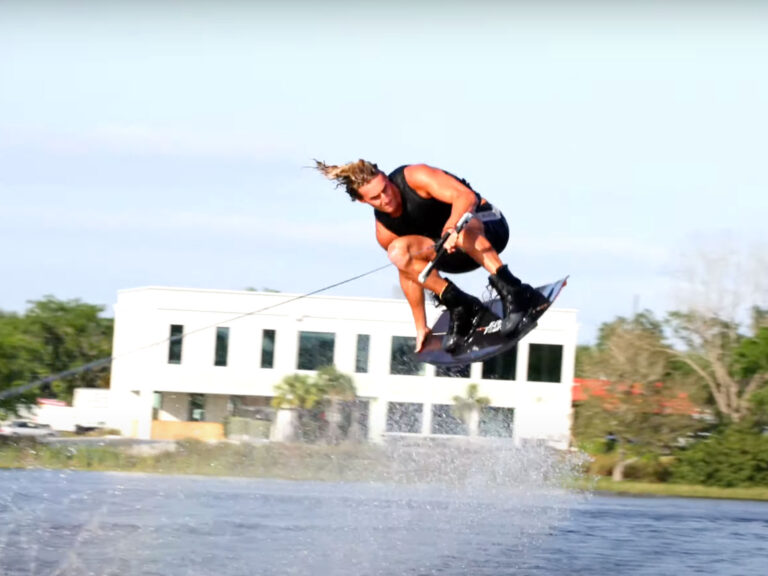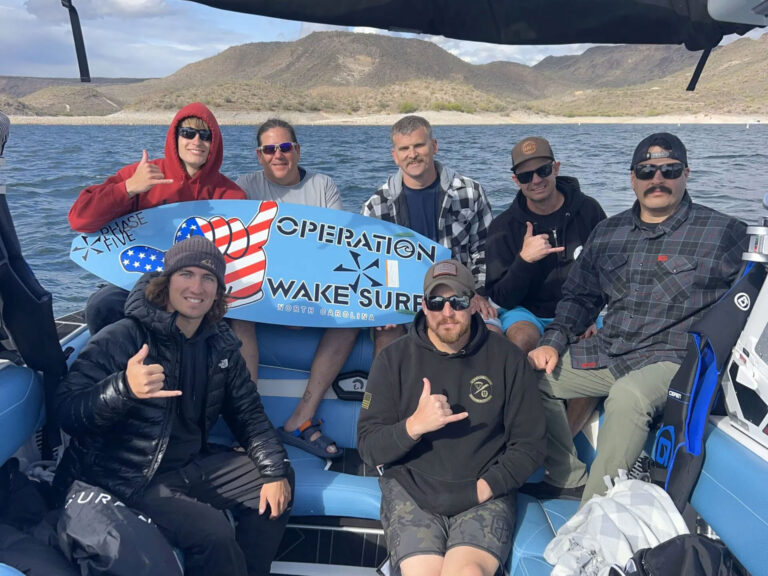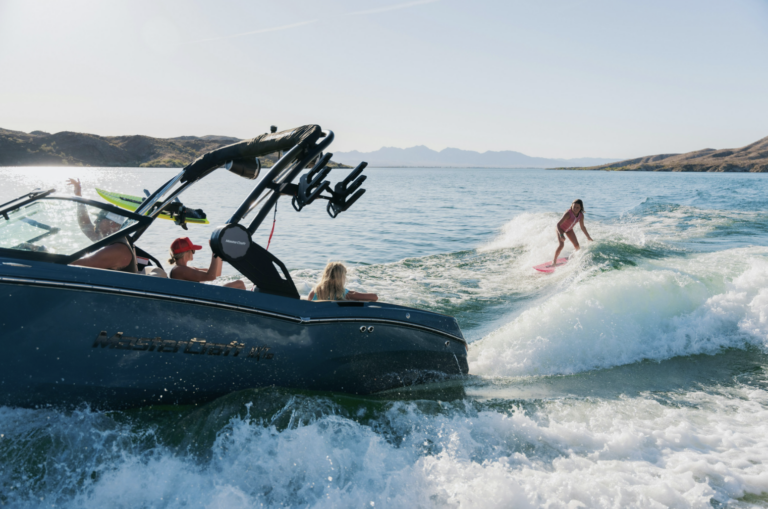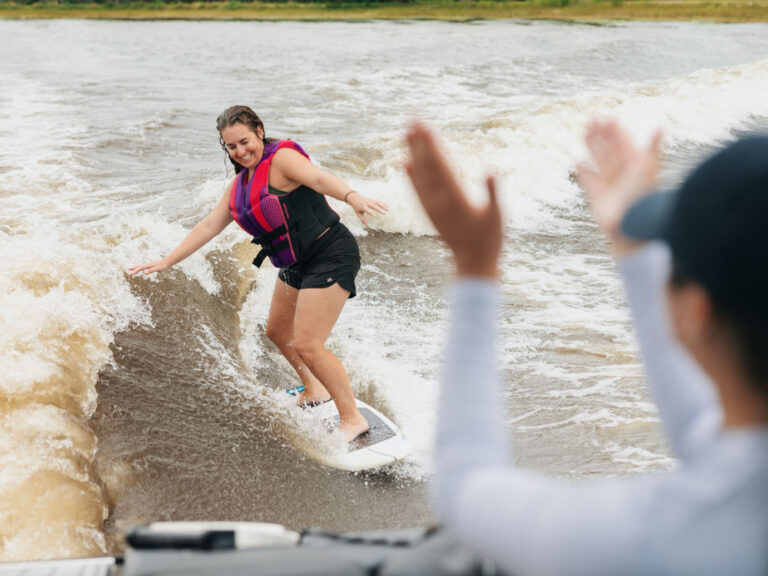When selecting a wake vest for the season, choose wisely — it could save your life. It just may be the most important decision you make all year. In order for you to decide which vest works for your needs, we point out what you should look for in your ideal life jacket — Check it out.
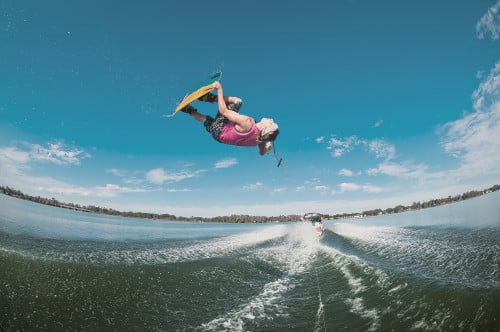
The Basics
_Fit: _Not every person is built the same way, but neither is every vest. In order to select the right vest for your torso, try on a few before you buy. The fit and construction of each vest will vary from brand to brand, so make sure you are happy with the mobility, length, width and size of your vest. Have a friend grab the chest panels and give the vest an upward tug while you have it on. If the vest slides to your ears right away, you should reconsider the size or model — especially since neoprene has a tendency to stretch out after a few uses.
_Flotation: _Be sure to use good judgment when selecting a vest. The difference in flotation from vest to vest can vary dramatically. They range from life jackets that have lots of flotation and are even approved by the Coast Guard to save your life if you are immobilized, all the way to vests with very little flotation designed purely for competition in circumstances where trained medical professionals are standing by in the event of an emergency.
_Entry: _Wake vest entry points and styles vary from model to model, and no one style is superior to another. Front-zip entries are the easiest to get on and off, while pullover-style entries tend to be the most comfortable and flexible while you are riding. Buckles are used to keep vests securely in place while in use. You may find that you favor one style of entry over another while trying on different options.
Not All Vests are Created Equal
Comp Vests: I’ll start out with comp vests here because this group is without regulation. It does not mean that the manufacturer planned for you to sink die while wearing it. Some float better than others, but without an official stamp of approval, you’ll need to know what you’re looking for to get one that fits your needs. When it comes to the law and your safety though, don’t mess around. Be sure to only wear competition vests in settings that they were designed for. That being said, for some competitions, many pro’s prefer the thinnest lightest, most flexible option available, while there may be other circumstances in which you would like your competition vest to have a little more flotation. Some of these vests float better than others.
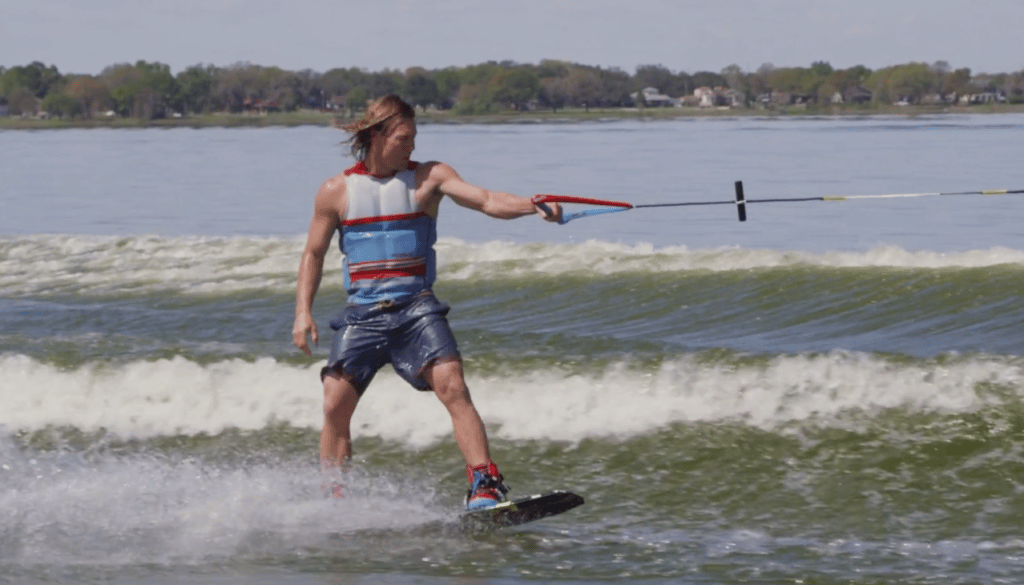
I have personally taken an extremely hard back edge that rendered me momentarily paralyzed, but fully conscious. I had on a competition vest that had more than your average amount of floatation as far as comp vests go. After I crashed, I was brought to the surface face up and was able to breathe and call out to for help. Luckily, I made it out okay on this one. Had I been wearing a comp vest that had less flotation, I may not have lived to tell you about it. Keep in mind, when selecting a comp vest for the appropriate circumstances, not all vests are created equal.
CGA Vests: Wake vests that are approved by the United States Coast Guard are put to the test in a variety of ways to make sure that you will float properly enough to save your life. They will all have proper flotation and nylon straps with buckles. The manufacturer is left with the responsibility to make the vest comfortable and stylish. Not all CGA vests fit the same way, are as comfortable, or look as cool. Make sure you find a fit and style that works best for you. Once you do, you will be glad you spent the extra effort in finding the perfect fit.
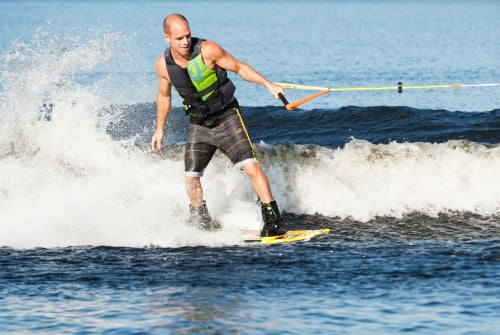
Preferences
This comes down to merely that — What do you like most in a vest?
Flexibility: Flexibility can be determined mainly by two things — materials and paneling. When it comes to the materials, if it is a nylon outer shell or a thick coarse neoprene outer layer, it will be less flexible which will stretch less and render you less mobile. On the other hand, some of those thicker materials are more durable and won’t stretch out too much on you over time. The paneling is also important in determining your mobility. The more segments that your panels are divided into, the easier your vest will crease and fold — increasing flexibility. On the other hand, that increases the manufacturing costs, making those a little pricier — but worth it.
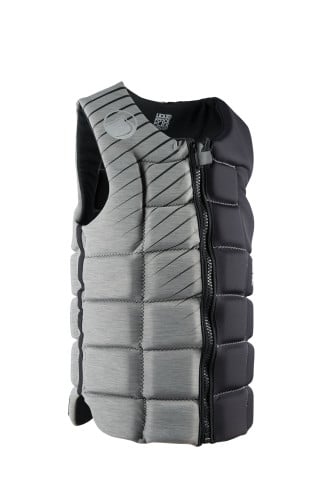
Pullover: Pullover wake vests tend to be on the thinner, more flexible end of the spectrum. They generally have the most seamless feel compared to anything else out there. It feels like a padded shirt more than a vest. The downside is that they may stretch out a bit over time if you are rough with them and there is a chance that it can ride up on you when you fall — due to it’s extra flexibility.
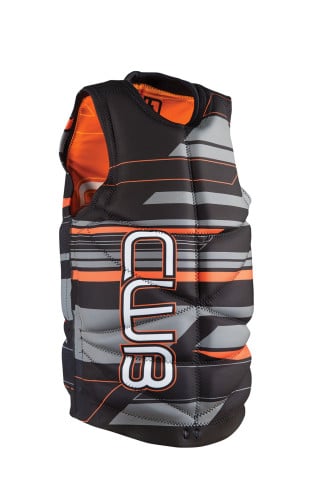
Buckles: Buckles aren’t only for CGA vests. You may prefer, one, two, or no buckles at all on your vest. The nylon straps don’t stretch, so the more buckles you have, the more secure the vest will fit. Some riders like the feel of an extremely flexible and thin pullover, but don’t want it to ride up when they fall, so adding a buckle can be the most effective solution. The downside is that the buckles may not be as comfortable since they don’t stretch and flex with you when you move.
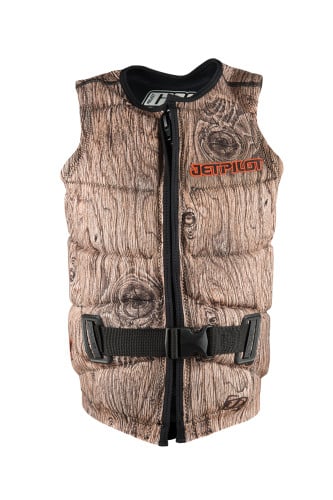
Zipper: Zippers make entry and exit of the wake vest easier. Some zippers run the length of the vest making entry and exit a breeze, while some zippers go halfway up or down the vest to make a pullover easier to get on. Either way, try a few on and you’ll quickly discover which you like best.
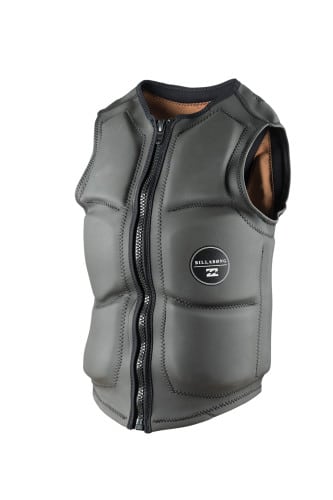
CGA: Everyone needs a good CGA. Be sure to try on each brand and determine what fit characteristics you like best about your CGA vest. Since they tend to fit more securely with the extra flotation and nylon straps, you have less margin for error in the fit when choosing a vest. Be sure that you try one on and get your size and preferences dialed in before you buy so that you are stoked on your purchase.
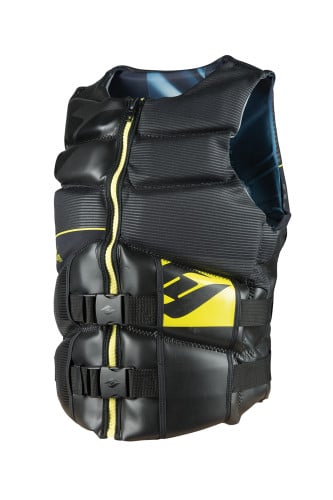
Aesthetics: We all want to look good out there. We may shamelessly want to coordinate well with our boardshorts, board, boots, rope, handle, and even our boat. The key is admitting to yourself that you want to look good. Remember, we all buy emotionally and justify logically — just be sure keep your priorities straight, whatever they may be.
